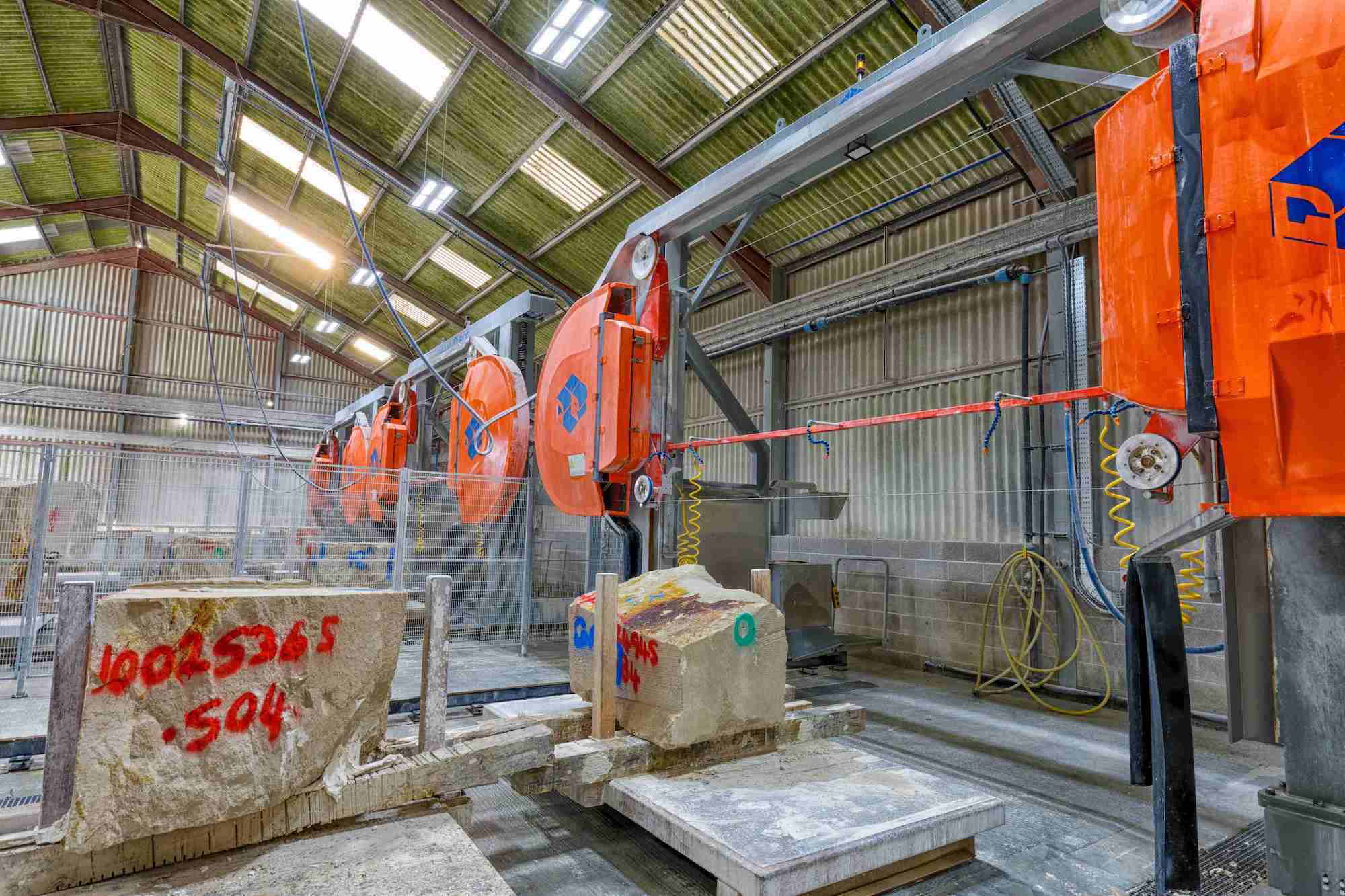Website
Address
Unit 1 Great Oak Industrial Estate
Postcode
LU7 0LS
Phone
Company Email
customercare@qwcltd.co.uk
Mason Sub Cat
Home
Hide
Tab News
Hide
Tab Images
Hide
Tab Downloads
Hide
Tab Videos
Hide
Tab Categories
Hide
County
Bedfordshire
Title
The Quartz Worktop Company
Address 2
Dunton Road
Address 3
Cublington
Country
Publish 22nd
No
Status
Record is Ready to be Published
Printed Company Description
The Quartz Worktop Company is comprised of a highly regarded and respected team capable of delivering quality and service. We work with a large and comprehensive selection of Quartz, Granite, Marble and Porcelain. All domestic and commercial projects are seamlessly passed from start to finish within our complete production facility. Completing all projects to the highest of standards is our commitment to you.
Media Gallery
No
Website
Address
1-4 Alston Road
Town
Oldbury
Postcode
B69 2PP
Phone
Company Email
info@stonesense.co.uk
Mason Sub Cat
Home
Hide
Tab News
Hide
Tab Images
Hide
Tab Downloads
Hide
Tab Videos
Hide
Tab Categories
Hide
County
Midlands (West)
Title
Stone Sense Ltd
Country
Publish 22nd
No
Status
Record is Ready to be Published
Publishing Notes
Taken from WFF 01/05/2024 MM
Media Gallery
No
Website
Address
Ballycastle Rd Ind Est
Town
Coleraine
Postcode
BT52 2EB
Phone
Company Email
info@solidsurfaceni.com
Mason Sub Cat
Home
Hide
Tab News
Hide
Tab Images
Hide
Tab Downloads
Hide
Tab Videos
Hide
Tab Categories
Hide
County
County Londonderry
Title
Solid Surface NI Ltd
Country
Publish 22nd
No
Status
Record is Ready to be Published
Publishing Notes
Taken from WFF 01/05/2024
Media Gallery
No
Website
Address
Brooks Lane Industrial Estate
Town
Middlewich
Postcode
CW10 0QF
Phone
Company Email
sales@rockfordcompany.co.uk
Mason Sub Cat
Home
Hide
Tab News
Hide
Tab Images
Hide
Tab Downloads
Hide
Tab Videos
Hide
Tab Categories
Hide
County
Cheshire
Title
Rochford Intertrade Ltd
Address 2
Road Beta
Address 3
Brooks Lane
Country
Publish 22nd
No
Status
Record is Ready to be Published
Media Gallery
No
Website
Address
107/109 Fletcher Road
Town
Preston
Postcode
PR1 5JG
Phone
Company Email
quotes@granitetopsuk.com
Mason Sub Cat
Home
Hide
Tab News
Hide
Tab Images
Hide
Tab Downloads
Hide
Tab Videos
Hide
Tab Categories
Hide
County
Lancashire
Title
Granite Tops UK
Country
Publish 22nd
No
Status
Record is Ready to be Published
Publishing Notes
Taken from WFF 01/05/2024
Media Gallery
No
Address
179 Forncett Street
Town
Sheffield
Postcode
S4 7QG
Phone
Company Email
info@designer-surfaces.co.uk
Mason Sub Cat
Home
Hide
Tab News
Hide
Tab Images
Hide
Tab Downloads
Hide
Tab Videos
Hide
Tab Categories
Hide
County
Yorkshire (South)
Title
Designer Surfaces
Country
Publish 22nd
No
Status
Record is Ready to be Published
Publishing Notes
Taken from WFF 01/05/2024
Printed Company Description
Designer Surfaces are completely committed to offering the highest quality granite & quartz worktops to our customers in a simple and stress free way to help them create their dream kitchen. That has been our No.1 aim for over 25 years and that aim is at the forefront of our service today.
Contacts Email
craig@designer-surfaces.co.uk
Media Gallery
No
Contact Name
Amy
Mason Sub Cat
Home
Hide
Tab News
Hide
Tab Images
Hide
Tab Downloads
Hide
Tab Videos
Hide
Tab Categories
Hide
Title
Hutton Stone Co Ltd
Publish 22nd
No
Status
Company does not want to be published
Media Gallery
No


